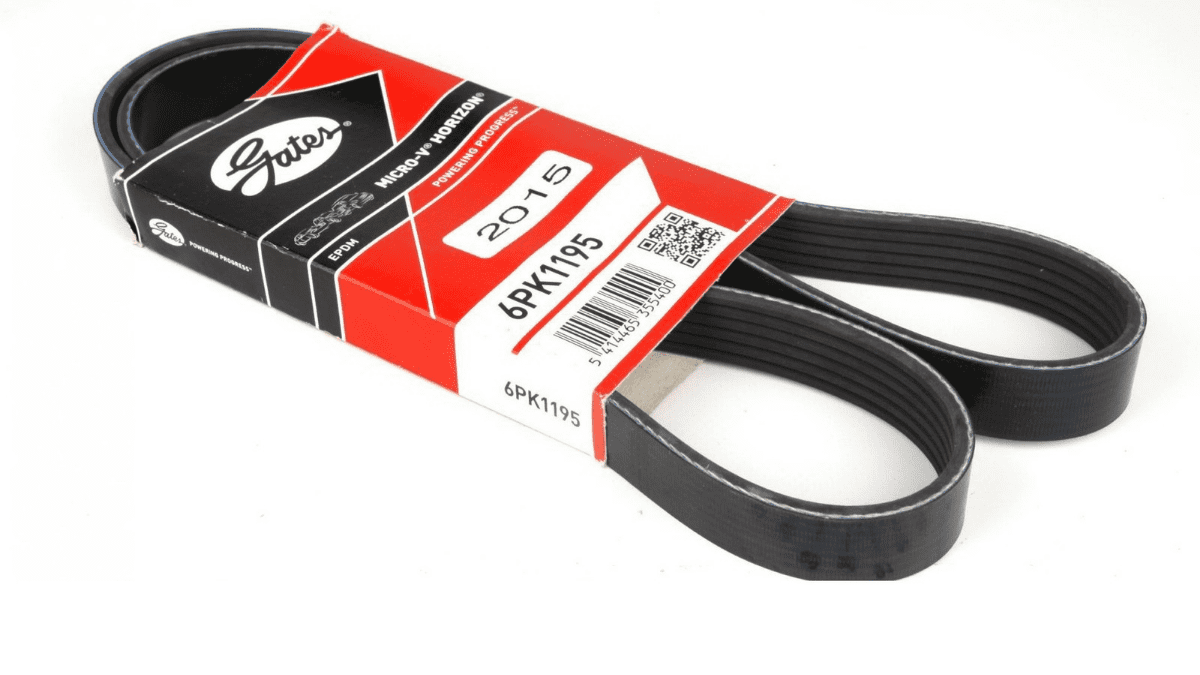ремень привода вспомогательного оборудования рено трафик 2.0 When it comes to maintaining your Renault Trafic 2.0, one crucial component often overlooked is the auxiliary drive belt. This small but mighty part keeps your van running smoothly, ensuring that vital systems like the alternator, air conditioning, and power steering function correctly. In this guide, we’ll explore what makes the auxiliary drive belt (ремень привода вспомогательного оборудования рено трафик 2.0) essential, how to maintain it, and when to replace it.
What Is the Auxiliary Drive Belt?
The auxiliary drive belt, also known as the serpentine belt, is a rubber belt that drives various engine components. In the Renault Trafic 2.0, this belt plays a critical role in transferring power from the engine to auxiliary systems like:
- Alternator: Keeps your battery charged and your electronics working.
- Power Steering Pump: Provides the hydraulic pressure needed for smooth steering.
- Air Conditioning Compressor: Ensures a comfortable cabin temperature.
Without a properly functioning auxiliary drive belt, these systems could fail, leaving you stranded or compromising your driving experience.
How Does the Auxiliary Drive Belt Work?
The belt is looped around pulleys connected to the engine’s crankshaft and various components. As the engine runs, it spins the crankshaft, which in turn drives the belt and powers the connected systems.
A tensioner and sometimes an idler pulley keep the belt taut, ensuring efficient power transfer.
Signs Your Auxiliary Drive Belt Needs Attention
Regular inspection of the auxiliary drive belt is vital. Here are some warning signs to watch for:
- Squealing or Chirping Sounds: A loose or worn-out belt may produce annoying noises, especially during startup or acceleration.
- Visible Cracks or Fraying: Over time, the rubber can wear down, leading to cracks or frayed edges.
- Malfunctioning Systems: Issues with power steering, the alternator, or air conditioning may indicate a failing belt.
- Glazed or Shiny Surface: A smooth, shiny appearance on the belt means it has lost its grip.
If you notice any of these issues, it’s time to inspect or replace the belt.
When Should You Replace the Auxiliary Drive Belt?
On average, an auxiliary drive belt for the Renault Trafic 2.0 should be replaced every 60,000–100,000 kilometers or approximately every 4–6 years, depending on driving conditions. However, always refer to your vehicle’s manual for specific guidelines.
How to Replace the Auxiliary Drive Belt: Step-by-Step Guide
While it’s always best to have a professional mechanic handle belt replacement, here’s a simplified overview for the DIY enthusiast:
- Gather Tools: You’ll need a wrench, a socket set, and a new belt designed for Renault Trafic 2.0.
- Locate the Belt: Find the belt by opening the hood and locating the engine’s front section.
- Release Tension: Use a wrench to rotate the tensioner pulley and loosen the belt.
- Remove the Old Belt: Carefully slip the old belt off the pulleys.
- Install the New Belt: Follow the belt routing diagram (often found under the hood) to correctly position the new belt.
- Check Alignment: Ensure the belt sits snugly on all pulleys without twisting.
- Test the Engine: Start the vehicle to confirm proper installation.
Tips for Prolonging the Life of Your Auxiliary Drive Belt
- Inspect Regularly: Check the belt for wear during routine maintenance.
- Keep It Clean: Avoid oil or coolant spills on the belt, as they can degrade the rubber.
- Replace Related Components: Consider replacing the tensioner and idler pulley when installing a new belt for maximum efficiency.
Conclusion
The auxiliary drive belt ремень привода вспомогательного оборудования рено трафик 2.0 is a vital component of your Renault Trafic 2.0, ensuring that critical systems operate effectively. Regular inspections and timely replacements can save you from costly repairs and breakdowns. Whether you’re a DIY enthusiast or prefer to leave the work to a professional, keeping this belt in good condition is key to your vehicle’s longevity and performance.
FAQs
1. What happens if the auxiliary drive belt fails?
If the belt fails, systems like the alternator, power steering, and air conditioning will stop working. This could leave you with a drained battery, difficult steering, or no climate control.
2. Can I drive with a damaged auxiliary drive belt?
Driving with a damaged belt is risky. It can snap unexpectedly, causing immediate system failures.
3. How much does it cost to replace the auxiliary drive belt?
The cost typically ranges from $50 to $150, depending on labor rates and whether related components like the tensioner need replacing.
4. Can I replace the auxiliary drive belt myself?
Yes, if you’re confident in your mechanical skills and have the right tools. However, professional replacement is recommended for accurate installation.
5. What causes an auxiliary drive belt to wear out?
Factors include age, heat, tension issues, and exposure to oil or coolant.
6. How do I know which belt to buy for my Renault Trafic 2.0?
Check your owner’s manual or consult a parts retailer to ensure compatibility with your vehicle model.
